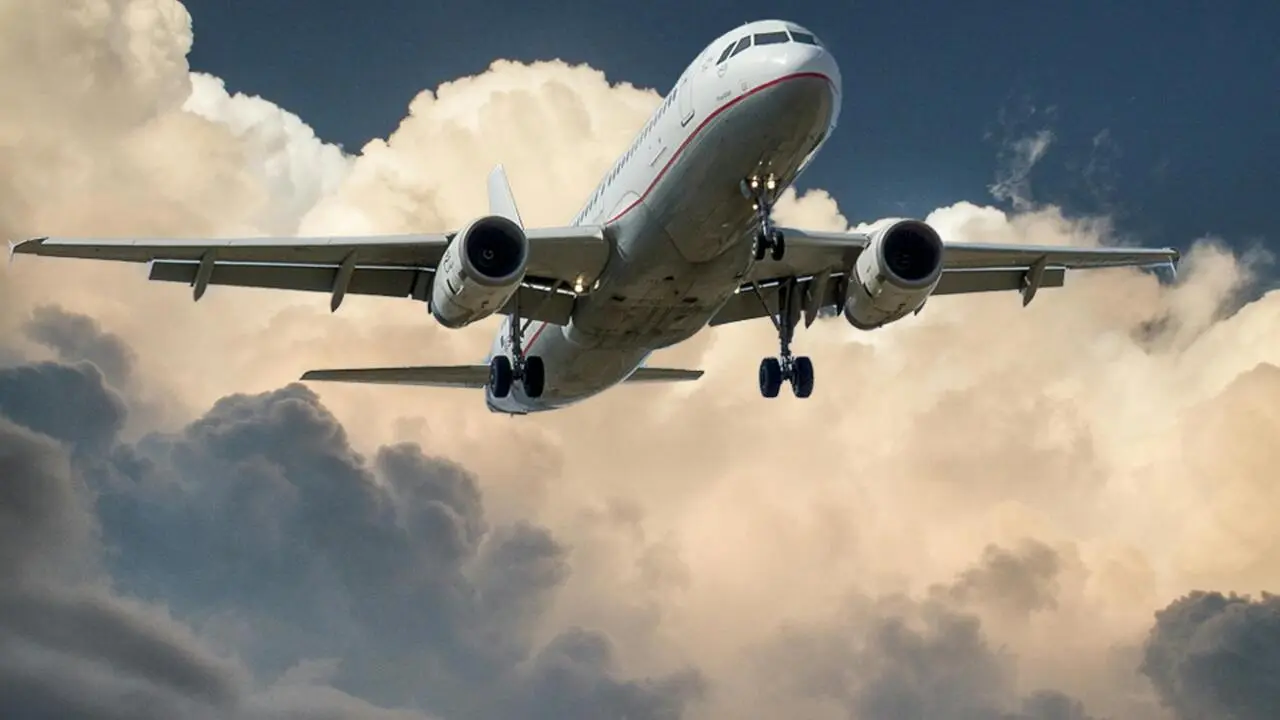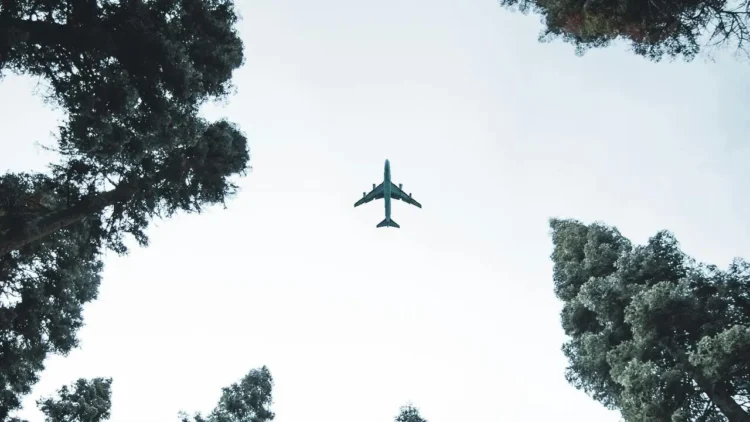The MQ-9B Predator Drone represents a significant advancement in unmanned aerial vehicle (UAV) technology, building upon the success and capabilities of its predecessor, the MQ-9 Reaper. Developed by General Atomics Aeronautical Systems (GA-ASI) with a primary focus on meeting the operational needs of the United States Air Force (USAF), the MQ-9B is designed for high-altitude long-endurance missions.

The MQ-9B Predator Drone represents a significant advancement in unmanned aerial vehicle (UAV) technology, building upon the success and capabilities of its predecessor, the MQ-9 Reaper. Developed by General Atomics Aeronautical Systems (GA-ASI) with a primary focus on meeting the operational needs of the United States Air Force (USAF), the MQ-9B is designed for high-altitude long-endurance missions. It boasts advanced features that enable remote-controlled and autonomous flight operations, making it a versatile platform for various military and surveillance tasks.
One of the standout capabilities of the MQ-9B is its ability to carry strike missiles, allowing it to engage and neutralize enemy targets with remarkable accuracy. This makes the MQ-9B an invaluable asset for modern warfare scenarios, providing real-time intelligence, surveillance, and reconnaissance (ISR) capabilities combined with precision strike capabilities. Additionally, the MQ-9B comes in two variants—the SkyGuardian and the MQ-9B Predator Drone. Each is tailored to meet specific operational requirements, enhancing its adaptability and effectiveness in various mission environments.
MQ-9B Predator Drone: Unveiling Advanced Anti-Submarine Warfare Features
The MQ-9B predator drone stands out as a remarkable Remotely Piloted Aircraft System (RPAS) designed to surpass stringent NATO standards (STANAG 4671) while adhering to civil airspace regulations globally, including those in the United States. This feat is achieved through General Atomics Aeronautical Systems (GA-ASI) pioneering Detect and Avoid System and Certifiable Ground Control Station, ensuring seamless integration with regular air traffic akin to commercial aircraft operations. Notably, the Mq-9B predator drone remote flight station empowers operators with an air traffic picture comparable, if not superior, to human-crewed aircraft cockpits, enhancing situational awareness and safety during operations.
GA-ASI’s collaboration with key aviation regulatory bodies such as the U.S. Federal Aviation Administration (FAA) and the UK Civil Aviation Authority (CAA) underscores the concerted efforts to secure approvals for MQ-9B’s flight in civil airspace. This collaborative approach reflects the commitment to ensuring the safe and efficient utilization of advanced RPAS technology like the MQ-9B predator in diverse airspace environments, marking a significant milestone in integrating unmanned aerial systems into global aviation frameworks.
The MQ-9B SeaGuardian’s design philosophy goes beyond military requirements, prioritizing seamless integration into civil airspace systems worldwide. GA-ASI’s innovative technology, including the Detect and Avoid System and Certifiable Ground Control Station, meets NATO standards and exceeds expectations for safe and reliable operation alongside manned aircraft.
This collaboration has been instrumental in gaining approvals from aviation authorities like the FAA and CAA, highlighting the industry’s commitment to responsible drone integration. By leveraging cutting-edge advancements and fostering close partnerships with regulatory bodies, the MQ-9B predator drone sets a new standard for RPAS capabilities, paving the way for enhanced airspace management and operational efficiency in both military and civilian contexts.
The MQ-9B predator represents a significant leap forward in unmanned aerial system technology, meeting stringent military standards and excelling in integrating civil airspace requirements globally. Through GA-ASI’s pioneering efforts and close collaboration with aviation regulatory authorities, such as the FAA and CAA, the predator has achieved approval for flight in civil airspace, marking a milestone in the safe and effective integration of RPAS into the broader aviation ecosystem.
With advanced features like the Detect and Avoid System and Certifiable Ground Control Station, the predator drone ensures seamless and safe operations alongside manned aircraft, offering operators enhanced situational awareness and control. This success underscores the potential of RPAS, like the MQ-9B predator, to revolutionize military and civilian airspace operations, ushering in a new era of aerial capabilities and collaboration across sectors.
To get more out of our exclusive news, Join us on our WhatsApp Channel, Facebook, and Instagram.















